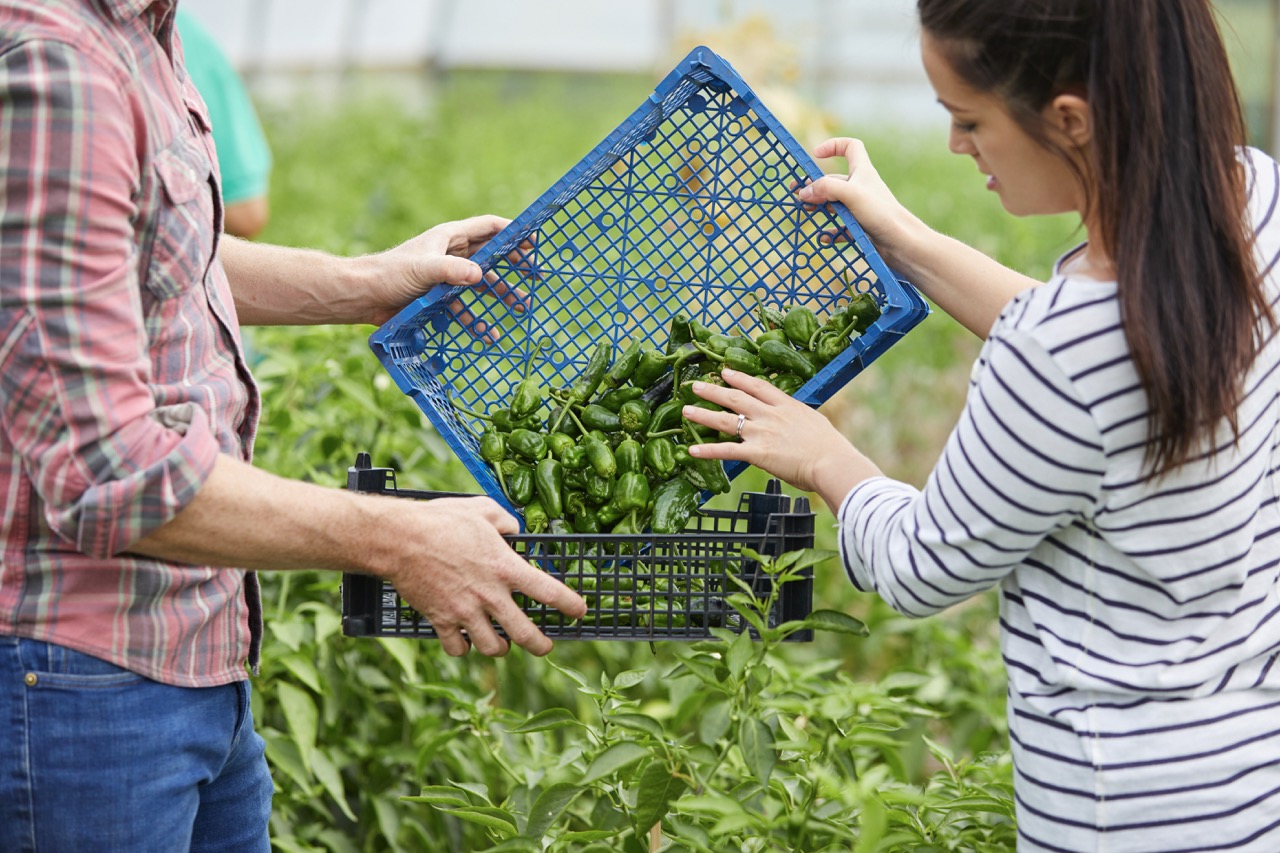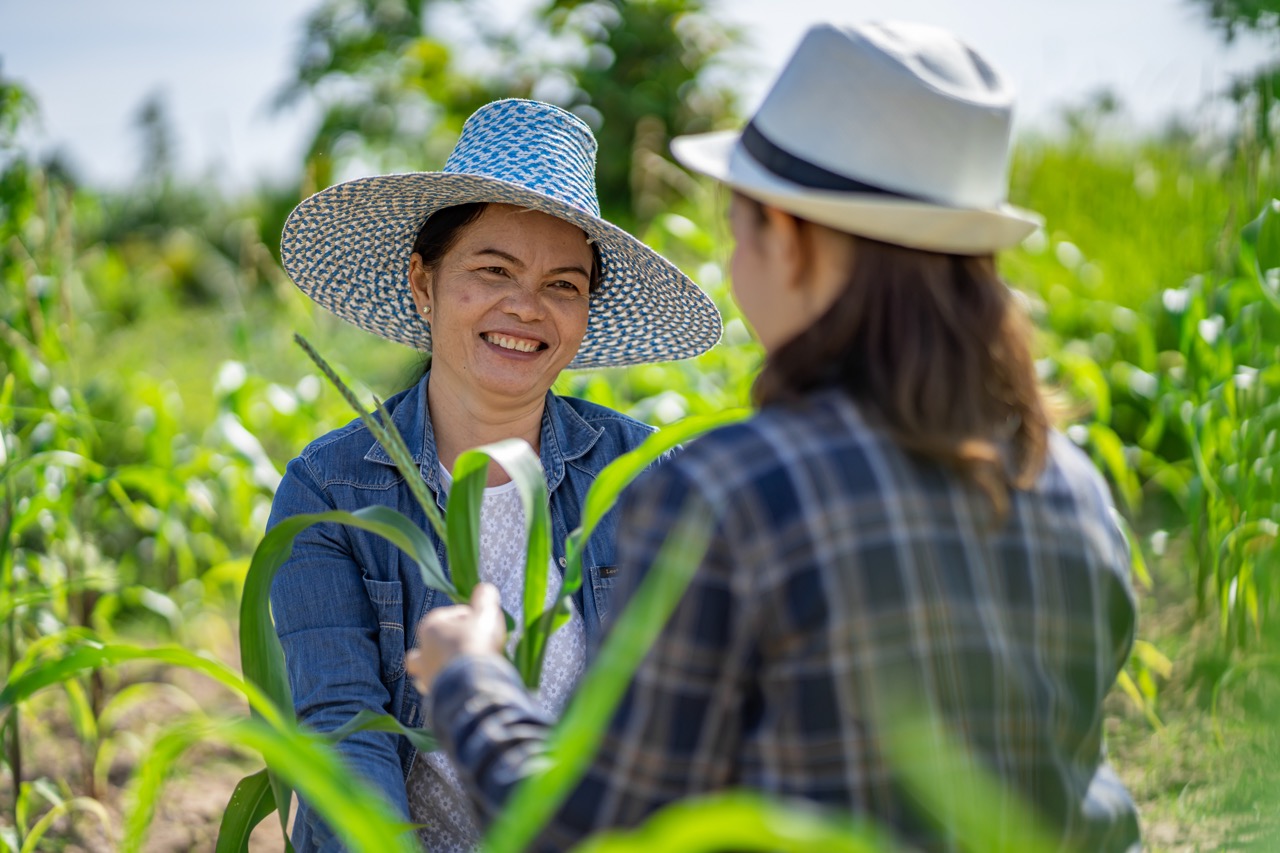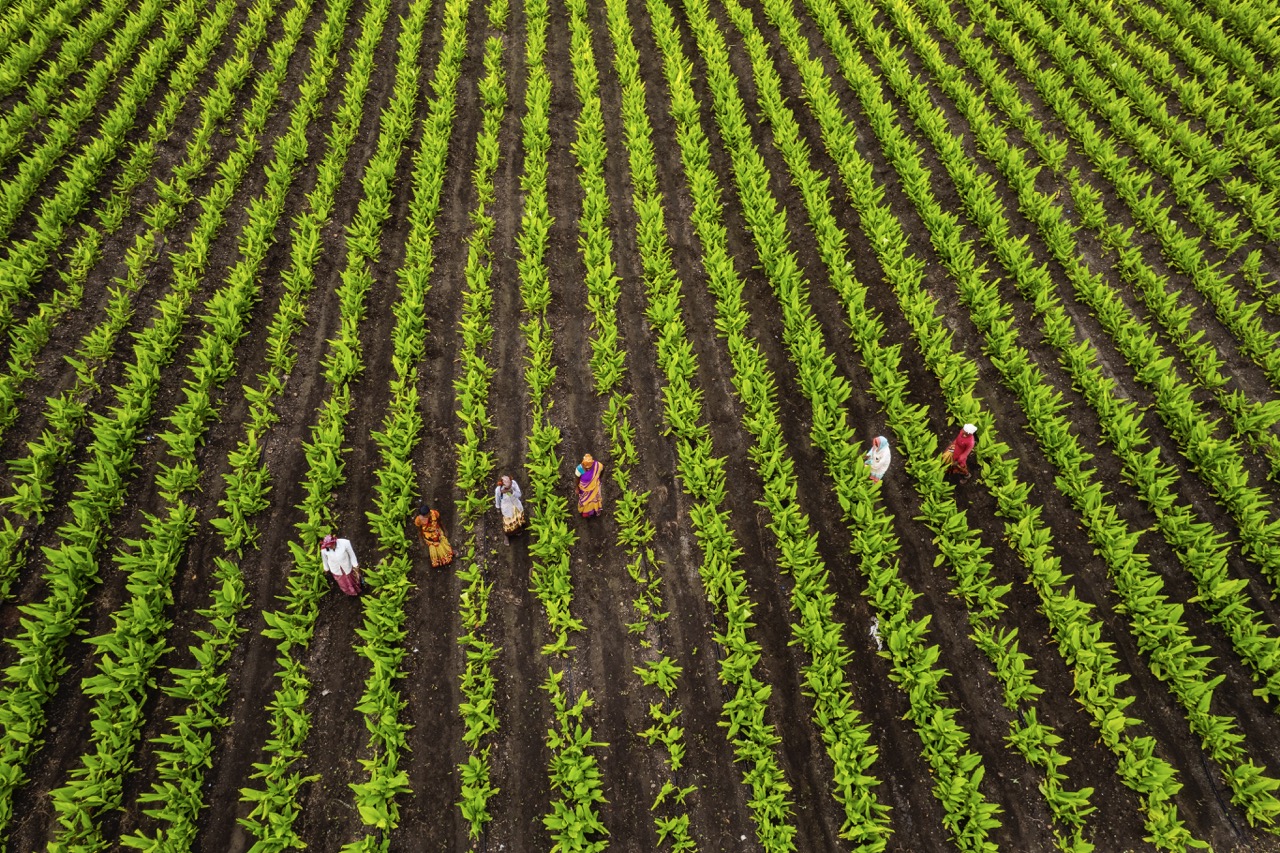In recent years, the importance of supporting local farmers has gained significant attention as communities seek to build resilience against economic fluctuations and environmental challenges. Direct-to-consumer sales models have emerged as a powerful way to connect consumers with local producers, fostering a sustainable food system that benefits both parties. This article explores the importance of supporting local farmers, examines various direct-to-consumer sales models, and provides strategies for overcoming challenges in local food distribution systems.
Understanding the Importance of Supporting Local Farmers
Supporting local farmers is essential for maintaining the vibrancy of rural economies and ensuring food security. Local farmers often employ sustainable agricultural practices that prioritize biodiversity, soil health, and reduced reliance on chemical fertilizers and pesticides. By purchasing directly from local producers, consumers contribute to the preservation of these practices, which have lasting benefits for the environment and public health.
Moreover, investing in local agriculture strengthens community ties. When consumers buy from local farmers, they help keep money circulating within their communities, supporting not only the farmers themselves but also local suppliers, retailers, and service providers. This creates a more resilient local economy that can better withstand the impacts of global market fluctuations and crises, such as pandemics or climate change.
Additionally, supporting local farmers fosters a connection between consumers and the food they eat. By understanding where their food comes from and the stories behind it, consumers develop a greater appreciation for agricultural practices and the labor involved in food production. This awareness can lead to more conscious consumption choices and an overall shift towards healthier eating habits.
Exploring Direct-to-Consumer Sales Models and Benefits
Direct-to-consumer (DTC) sales models have gained traction as a means of promoting local agriculture. Common models include farmers’ markets, community-supported agriculture (CSA), farm stands, and online marketplaces. Each model has its unique advantages, allowing farmers to establish a direct relationship with consumers while bypassing traditional supply chains that often diminish their profits.
Farmers’ markets are one of the most recognized DTC sales models, providing a vibrant space for local producers to sell their goods directly to consumers. These markets not only offer fresh produce but also create a social hub where customers can interact with farmers, learn about their practices, and make informed purchasing decisions. This transparency enhances consumer trust and loyalty, benefiting farmers in the long run.
Community-supported agriculture (CSA) models allow consumers to subscribe to receive regular shares of seasonal produce directly from farmers. This arrangement provides farmers with upfront capital to cover production costs and guarantees a market for their products. For consumers, it offers a unique opportunity to enjoy fresh, locally-sourced food while supporting sustainable agricultural practices. The growing popularity of online marketplaces also enables farmers to reach broader audiences, expanding their customer base and increasing sales potential.
Strategies for Connecting Consumers with Local Producers
To effectively connect consumers with local producers, various strategies can be employed. First, education is key. Workshops, farm tours, and cooking demonstrations can raise awareness about the benefits of local food systems and foster a sense of community. By informing consumers about the importance of supporting local agriculture, farmers can cultivate a loyal customer base that values the quality and sustainability of their food.
Second, leveraging technology can enhance the visibility of local farmers. Social media platforms, websites, and mobile apps can be utilized to promote products, share stories, and facilitate online ordering. By creating an engaging online presence, farmers can attract consumers looking for fresh, local options while also providing updates on seasonal produce and availability.
Lastly, partnerships with local businesses and organizations can amplify the reach of local food initiatives. Collaborating with restaurants, schools, and community groups can create a network of support that encourages consumers to choose local products. For example, farm-to-table initiatives in restaurants can highlight local ingredients, while schools can implement programs that educate students about the importance of local agriculture and incorporate local produce into their meal plans.
Overcoming Challenges in Local Food Distribution Systems
Despite the numerous benefits of supporting local farmers through direct-to-consumer sales, challenges remain in local food distribution systems. One significant obstacle is the limited infrastructure for transporting and storing perishable goods. Farmers may struggle to reach consumers in urban areas due to lack of adequate transportation options, which can hinder their ability to sell fresh produce at markets or through other DTC channels.
Additionally, local farmers often face competition from larger agricultural enterprises that benefit from economies of scale, allowing them to offer lower prices. To overcome this challenge, local producers must emphasize the quality, freshness, and sustainability of their products, helping consumers understand the added value of supporting local agriculture. Price premiums can be justified by educating consumers about the environmental and health benefits of choosing local food over mass-produced alternatives.
Lastly, regulatory hurdles can complicate the process of selling directly to consumers. Farmers may encounter challenges related to food safety regulations, zoning laws, and licensing requirements. Navigating these complexities requires collaboration between farmers, local governments, and agricultural organizations to create supportive policies that facilitate direct sales while ensuring public safety.
Supporting local farmers through direct-to-consumer sales models is not just an economic choice; it is a commitment to fostering sustainable communities, promoting food security, and nurturing a deeper connection between consumers and their food sources. By understanding the importance of local agriculture, exploring various sales models, implementing effective strategies for connection, and overcoming distribution challenges, communities can empower local farmers and create a resilient food system that benefits everyone involved. Embracing this approach is essential for ensuring a vibrant and sustainable agricultural future.










